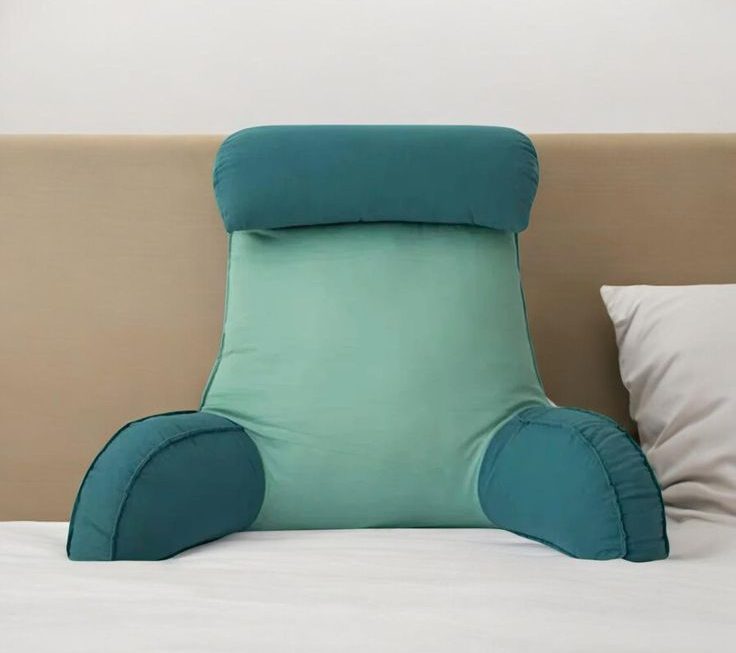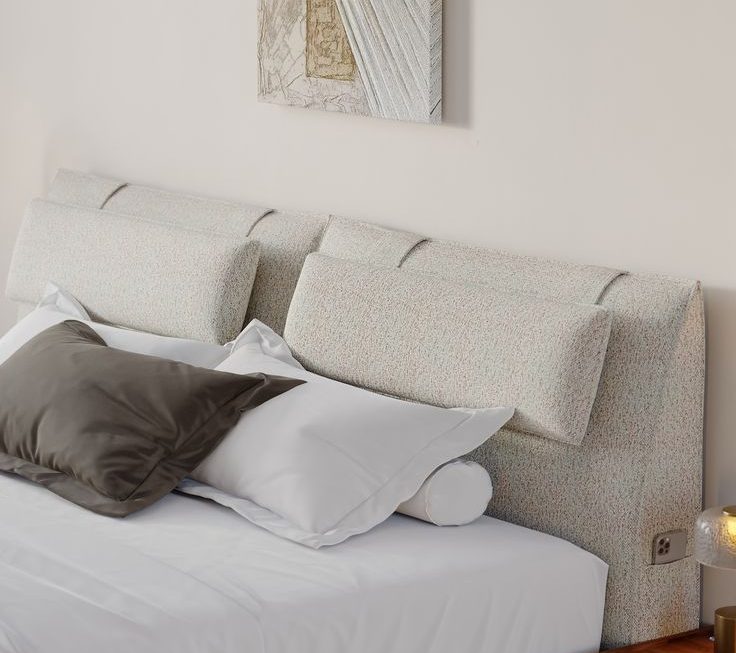Water in your car carpet can be a serious issue. Not only is it unsightly, but it can also lead to mold, mildew, and even structural damage. If you’ve recently experienced heavy rain, a flood, or a leaky roof, you may find yourself dealing with this problem.
The Dangers of Water-Soaked Carpets
- Mold and Mildew: These harmful microorganisms can cause health problems, including respiratory issues and allergies.
- Odor: A musty smell can make your car unpleasant to ride in.
- Structural Damage: Water can seep into the car’s frame and cause rust.
Steps to Remove Water from Car Carpet
- Act Quickly: The sooner you address the problem, the easier it will be to resolve.
- Remove Excess Water: Use a shop vacuum, wet/dry vacuum, or even a squeegee to remove as much water as possible.
- Open the Doors and Windows: This will help to air out the car and speed up the drying process.
- Use Absorbent Materials: Place absorbent materials like towels, newspapers, or cat litter on the wet areas. These will help to draw out moisture.
- Consider a Dehumidifier: A portable dehumidifier can be a valuable tool in removing moisture from your car.
- Clean the Carpet: Once the carpet is dry, clean it thoroughly to remove any dirt or grime.
- Inspect for Damage: Check for any signs of damage, such as mold, mildew, or rust. If you find any, address it promptly.

Tips for Drying the Carpet
- Sunlight: Expose the car to direct sunlight whenever possible. This will help to evaporate the moisture.
- Ventilation: Ensure that the car has good ventilation, especially if you’re using a dehumidifier.
- Avoid Heat: While it may seem tempting to use a heat gun or space heater, avoid using them on the carpet as this can damage the fibers.
Removing Excess Water
Water-soaked car carpets can be a breeding ground for mold, mildew, and unpleasant odors. Promptly removing excess water is crucial to prevent further damage.
Tools and Materials
- Shop vacuum or wet/dry vacuum
- Squeegee
- Towels or absorbent materials
- Dehumidifier (optional)
Steps to Remove Excess Water
- Immediate Action: As soon as possible after the water intrusion, begin removing excess water.
- Remove Standing Water: Use a squeegee to remove any standing water from the carpet.
- Vacuum: Use a shop vacuum or wet/dry vacuum to extract as much water as possible.
- Absorbent Materials: Place absorbent materials like towels or newspapers on the wet areas to soak up remaining moisture.
- Dehumidifier: If available, use a dehumidifier to speed up the drying process.
- Open Windows and Doors: Increase air circulation by opening the car’s windows and doors.
Promptly removing excess water from your car carpet is essential to prevent further damage. By following these steps and using the right tools, you can significantly reduce the risk of mold, mildew, and unpleasant odors.
Preventing Future Water Damage
- Seal Leaks: If you have a leaky roof or windows, repair them as soon as possible.
- Use Floor Mats: Rubber or waterproof floor mats can help to protect your carpet from spills and leaks.
- Regular Cleaning: Keep your car clean and well-maintained to reduce the risk of water damage.

Cleaning and Sanitizing
Regular cleaning and sanitizing are essential to maintain a healthy and pleasant environment in your car. This is especially important for car carpets, which can accumulate dirt, grime, and bacteria over time.
Vacuuming
- Regular Vacuuming: Vacuum your car’s interior, including the carpets, at least once a week. This will remove dirt, dust, and debris.
- Attachments: Use the crevice tool to reach tight spaces and the upholstery attachment for the carpets.
Spot Cleaning
- Immediate Attention: Address spills and stains promptly to prevent them from setting.
- Cleaning Solutions: Use a mild carpet cleaner or a mixture of warm water and a gentle detergent.
- Blot, Don’t Rub: Blot the stain gently to avoid spreading it.
Deep Cleaning
- Professional Cleaning: For deep cleaning or stubborn stains, consider hiring a professional car detailing service.
- DIY Deep Cleaning: If you prefer to do it yourself, use a carpet shampooer or a steam cleaner.
Sanitizing
- Sanitizing Products: Use a disinfectant that is safe for carpets.
- Application: Follow the manufacturer’s instructions for application.
- Ventilation: Ensure good ventilation while using sanitizing products.
Removing Odors
- Odor Eliminators: Use a commercial odor eliminator or a homemade solution of baking soda and essential oils.
- Baking Soda: Sprinkle baking soda on the carpet, let it sit for a few hours, and then vacuum it up.
- Ventilation: Air out the car to help eliminate odors.
Additional Tips
- Protect Your Carpet: Use floor mats to protect your carpet from spills and dirt.
- Regular Inspections: Check your carpet regularly for stains, odors, or signs of wear and tear.
- Avoid Harsh Chemicals: Avoid using harsh chemicals that can damage the carpet fibers.
By following these cleaning and sanitizing tips, you can keep your car’s carpet looking and smelling fresh. Regular maintenance will not only improve the appearance of your car but also create a healthier and more pleasant driving environment.
Professional Help
If you’re unable to remove the water or damage on your own, consider hiring a professional cleaning service. They have the tools and expertise to handle even the most stubborn water stains.
Preventing Future Water Damage
Water damage can be a major inconvenience and costly repair. By taking preventative measures, you can significantly reduce the risk of water infiltrating your car’s carpet and causing problems.
Sealing Leaks
- Roof Leaks: Inspect your roof regularly for any signs of damage, such as cracks, missing shingles, or rust. If you find any issues, have them repaired promptly by a professional roofer.
- Window Leaks: Check your car’s windows for any gaps or cracks around the seals. If you notice any leaks, replace the damaged seals or have them repaired.
Using Floor Mats
- Rubber or Waterproof Mats: Invest in rubber or waterproof floor mats to protect your car’s carpet from spills, leaks, and dirt. These mats are easy to clean and can help prevent moisture from seeping through to the carpet.
Regular Cleaning
- Clean Up Spills Immediately: Wipe up spills as soon as they occur to prevent them from soaking into the carpet.
- Vacuum Regularly: Vacuum your car’s interior regularly to remove dirt, debris, and moisture that can contribute to mold and mildew growth.
- Wash and Dry Floor Mats: Wash and dry your floor mats regularly to prevent moisture buildup.
Additional Tips
- Park in Covered Areas: When possible, park your car in covered areas to protect it from rain and snow.
- Check for Standing Water: After heavy rain or snow, check for any standing water around your car. If you find any, remove it to prevent it from seeping into the carpet.
- Avoid Excessive Washing: While regular washing is important, avoid excessive washing, as excessive water can contribute to moisture buildup in the interior.
By taking these preventative measures, you can significantly reduce the risk of water damage to your car’s carpet. Regular maintenance, proper sealing, and the use of floor mats can help protect your vehicle’s interior and save you money on repairs.

Removing water from your car carpet can be a challenging task, but it’s essential to address the problem promptly. By following these steps and taking preventative measures, you can protect your car from future water damage and ensure a comfortable and healthy driving experience.



